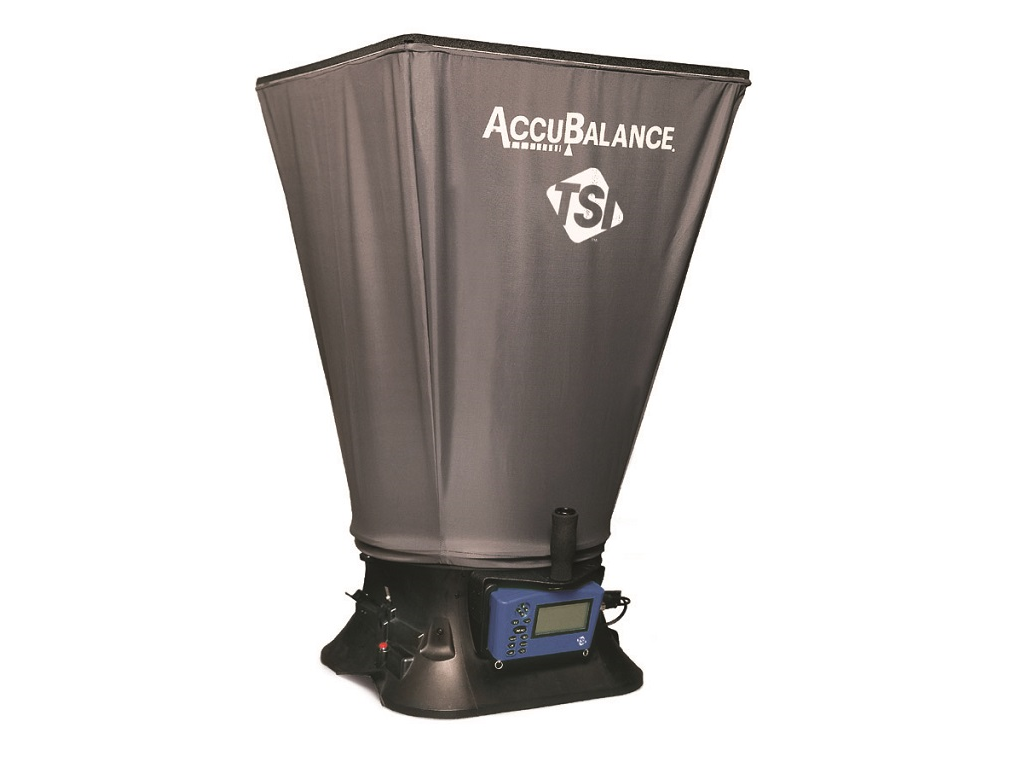It has been a while since I last updated this blog, but it has been a productive winter at 346 Highland. The down time has given us an opportunity to do a considerable amount of testing and to monitor the home’s performance and systems. I’ll discuss these over the next few blogs. These various tests are not particularly glamorous, but they do tell us a lot about what a tight, efficient, and healthy home it is!
In November we rented some industrial-sized airflow measuring equipment to measure the airflow out of the range vent hood. It’s not uncommon in very airtight homes for the actual exhaust airflow from a range hood to be lower than the rated airflow because the home depressurizes with the fan on. The depressurization makes the fan work harder and reduces it below rated capacity. Other causes of lower airflow can include duct leaks and poorly-designed duct runs with many bends and inadequately-sized ductwork.
To help prevent these issues, our HVAC contractor designed a very short, straight duct system that exhausts directly outside the house with very few elbows. To avoid depressurization, we installed a makeup air system in the basement, interlocked with the range hood. When the hood is activated, the makeup air comes on, providing a supply of air into the house and helping prevent depressurization.
So on a cool day in late November, our LEED rater Mark got up on a ladder and fitted the airflow hood over the range exhaust, while I cycled the range fan through its various speeds and monitored the makeup air flow. We were pleased to see that the system works even better than spec. Having an effective range hood functioning at design performance is an essential part of ensuring that the home’s indoor air quality remains good and healthy!
| Low | Medium | High | Boost | |
| design CFM | 310 | 625 | 875 | 1,100 |
| actual CFM | 350 | 650 | 935 | 1,180 |



